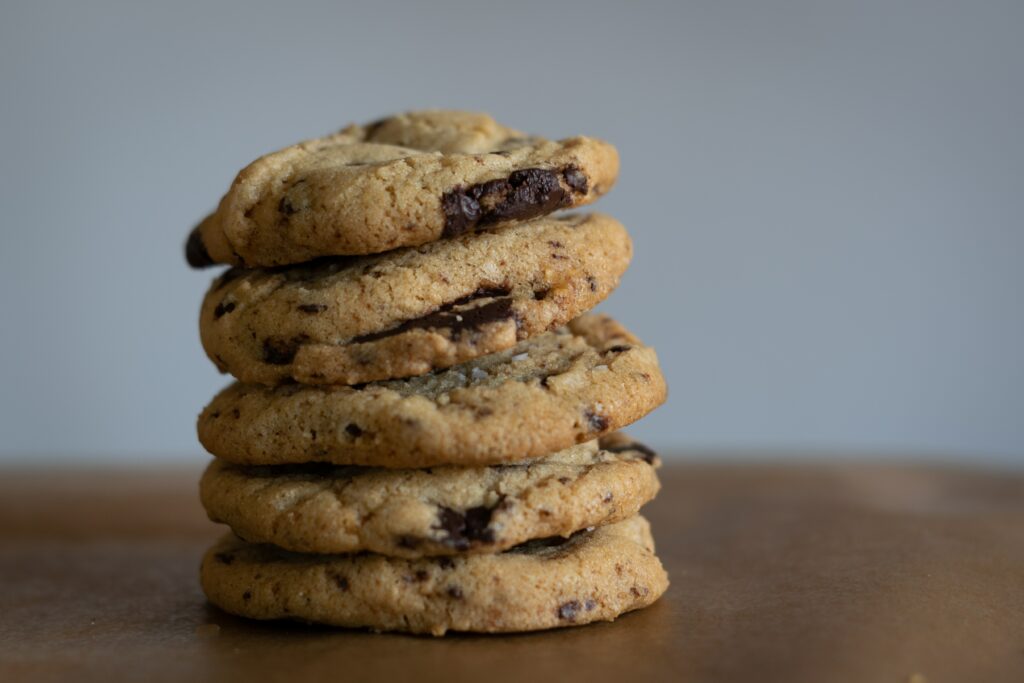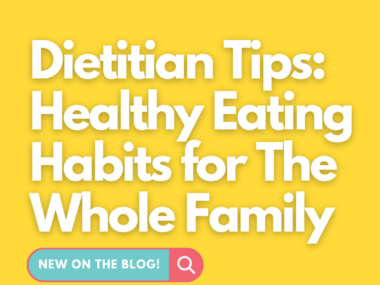Guest Writer – Kat Sarmiento
The food you eat affects how you feel throughout the day, especially when you’re about to enter that joyful time of the month. Does anyone else crave chocolate like CRAZY? That is due to the butterfly effect! An unhealthy diet will only aggravate the common PMS (premenstrual syndrome) symptoms you may experience, such as mood swings, cramping, headaches, and fatigue.
As you can imagine, nobody wants any of that! You can easily manage your PMS by making blood-sugar-friendly changes to your diet. Check out these ten Registered Dietitian-approved ways how to manage your PMS below!
1. Less Salt, Fewer Problems
In our fast-paced world, it’s virtually impossible to eliminate sodium entirely from our diets. Almost everything that comes in a bottle, bag, container, or can seems to be loaded with salt. Consuming less salt can help to reduce the uncomfortable bloating, water retention, and breast tenderness associated with PMS. Don’t forget that the AHA and FDA recommend consuming no more then 2300 mg of sodium per day! ![]()
Focus on eating a diet rich in whole foods rather than heavily processed or convenience foods. An easy way to cut down your sodium intake is cooking at home rather than eating out. Try snacking on umami rich foods like seaweed crisps or grass-fed cheddar cheese to satisfy the salty cravings.
2. Reduce Your Sugar Intake
![]() There is a reason for a spike in your sugar cravings during your period. Research has shown that it’s due to fluctuating amounts of the hormones estrogen and progesterone, which can also result in lower levels of the chemical serotonin in your brain. These changes may impact your mood and trigger the usual PMS symptoms you experience.
There is a reason for a spike in your sugar cravings during your period. Research has shown that it’s due to fluctuating amounts of the hormones estrogen and progesterone, which can also result in lower levels of the chemical serotonin in your brain. These changes may impact your mood and trigger the usual PMS symptoms you experience.
Instead of grabbing a lonely-carb candy bar, eat a blood-sugar balanced pairing that will keep blood-sugar stable and boost your serotonin levels. So, perhaps you opt for a 70%+ dark chocolate square paired with a banana and nut butter or perhaps you try baking a healthier version of chocolate chip cookies. Either one is an excellent option to satisfy the sweet tooth that will also keep your blood sugar stable!
Reducing sugar intake and balancing your blood sugar is a big part of my Diabetes Mastery Course, a self-paced, 100% online course that teaches you the 101 on how to achieve #bloodsugarbliss. Interested? Sign up here!
3. Complex Carbohydrates Are The Way To Go
Complex carbs are carbohydrates that are digested more slowly, which means the release of glucose into the blood stream is a lot steadier than the glucose coming from simple carbohydrates. Complex carbohydrates are also higher in fiber, which supports a healthy, stable blood sugar. Complex carbs gradually reach the bloodstream, resulting in a mild increase in insulin levels, which can help balance your mood and decrease cravings during your period.
Try adding lentils or beans, these are my favorite which you can save on with code WNCOMMUNITY25, to your lunch bowl, or roasting a big batch of sweet potatoes or Delicata squash for the weeks dinner routine.
4. Include Iron-Rich Foods To Your Plate
To make up for the iron you lose when you bleed each month, you need to boost your consumption iron before and during your period. Eating foods high in iron, such as lean cuts of meat, can help prevent anemia or the associated symptoms of low-iron levels, such as fatigue, weakness or headaches.
If you’re a vegan or simply don’t enjoy red meat, ask your registered dietitian or primary physician if you should take an iron supplement, I have a few I recommend via FullScript! You can also consume veggies high in iron such as spinach, kale or beans.
5. Add Variety To The Fruits and Vegetables You Consume
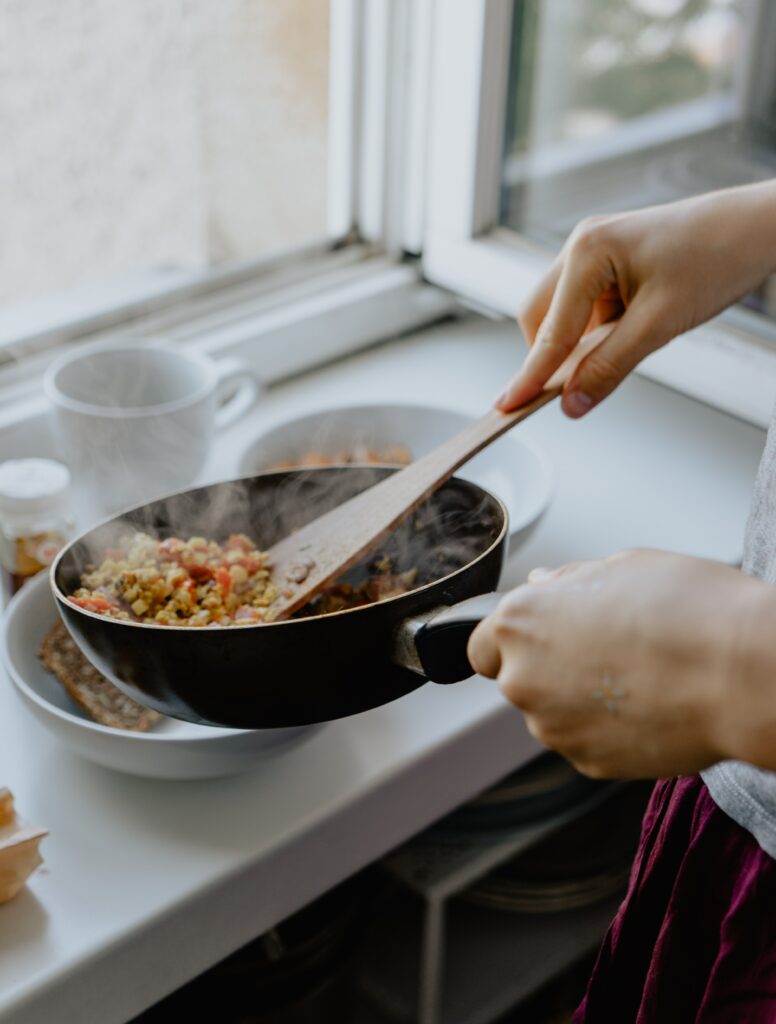
When it comes to vegetables, focus on your leafy greens particularly during your period for added iron. Always aim to eat a rainbow of fruits and vegetables, that way you get a myriad of nutritional benefits but also don’t over do it on that one veggie you enjoy.
Iron and B vitamins are abundant in vegetables like kale, turnip greens, and Swiss chard, which can help prevent fatigue. Be creative and cook delicious meals! Try sautéing the greens in olive oil then adding balsamic vinegar, fresh minced garlic, chopped onion, and other seasonings. It’s delicious!
6. Snack Smarter
Snack on unsalted, raw almonds rather than reaching for a bag of chips or that tempting chocolate bar. Nuts are high in omega-3 fatty acids and make you feel full longer. They also have numerous heart-health advantages!
Pick up some different nuts, such as pecans, walnuts, almonds, and hazelnuts. Then, if you want to get the most out of their benefits, sprinkle them on salads with plenty of vegetables or over a warm soup filled with veggies.
But if you’re struggling to get sweets of the brain (we’ve all been there) opt for a sweet treat made healthy fats and protein. Try a decadent-flavored, real-food based protein bar or a superfood cookie made with blood-sugar friendly ingredients like almond flour and coconut.
7. Bring On the Vitamins & Minerals
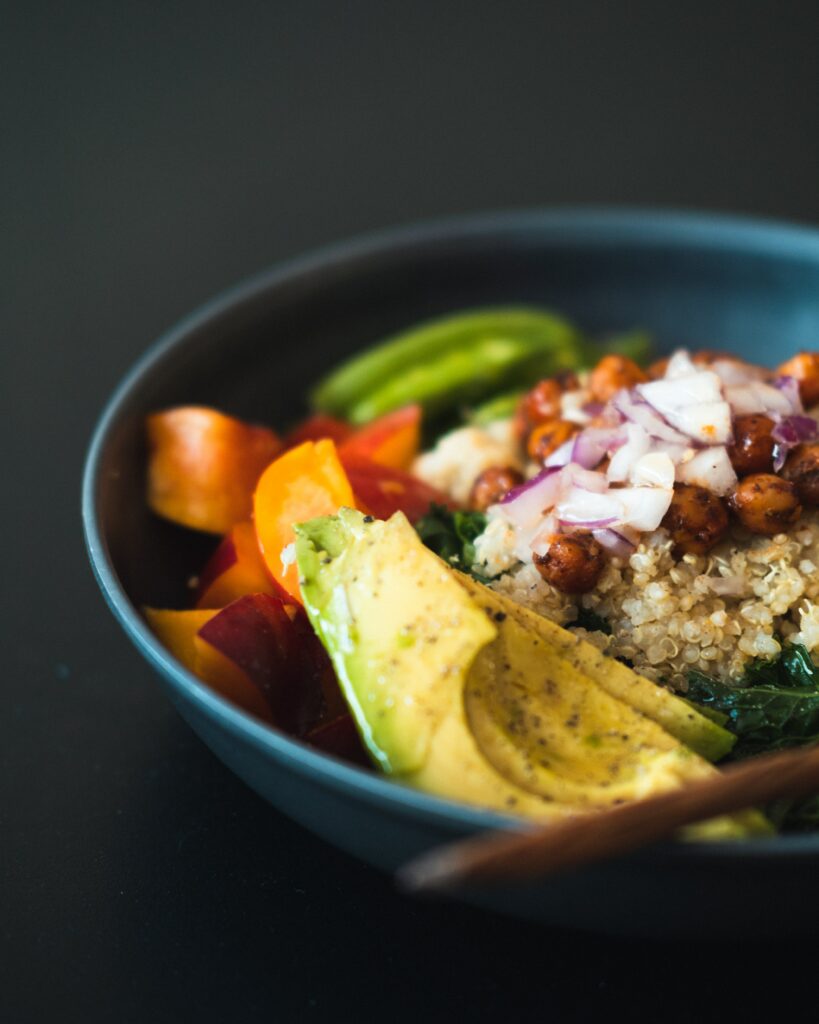 Did you know that you can manage and even deter your PMS and associated symptoms with targeted supplements that you might not be getting enough of in your diet?
Did you know that you can manage and even deter your PMS and associated symptoms with targeted supplements that you might not be getting enough of in your diet?
For example, when calcium and vitamin D are paired, they can help manage PMS. Calcium reduces irritability, headaches, mood swings, and bloating. Try to add foods like greek yogurt, low-fat cheese, and organic soy products into your diet. Calcium isn’t limited to dairy!
Vitamin D, on the other hand, helps your body absorb calcium. It’s found naturally in foods like oysters, salmon, and sardines. You can also take a daily multivitamin or a supplement, as well as aim to get time outside to soak up the sunshine.
Another helpful supplement to consider taking is magnesium. Having a healthy level of magnesium in your blood stream can help reduce symptoms like bloating and breast tenderness. Guess what’s high in magnesium? Dark chocolate! A high-quality, low-sugar 70%+ dark chocolate is a great way to boost your magnesium. Lastly, Vitamin B6 helps your body use serotonin, and is found in chicken, potatoes, fish, eggs, and carrots.
8. Hydrate, Hydrate, Hydrate!
Ease up on the alcohol and caffeine, as this may help reduce breast tenderness and bloating. Limiting your intake of these beverages might also help you relax. Remember, drinking too much alcohol and caffeine disrupts your sleep—and that’s the last thing you want when experiencing uncomfortable PMS symptoms.
The best drink will always be good old H20! Drink at least 64 ounces of water daily to improve digestion and reduce bloating. Looking for something other than a glass of ice water? Try tossing in a few slices of cucumber or lemon, or stir in your favorite electrolyte blend. Don’t forget to read to label for added sugars!
9. Avoid Skipping Breakfast and Other Meals
The hormone storm caused by PMS can have a cascading effect on your appetite, causing you to range anywhere from “i’m not hungry” to “i’m ravenous at every hour of the day.” Just like any normal day, do not skip meals, as this will cause irregularities in your blood-sugar as well as add fuel to the fire of the moodiness, fatigue and nausea associated with PMS. 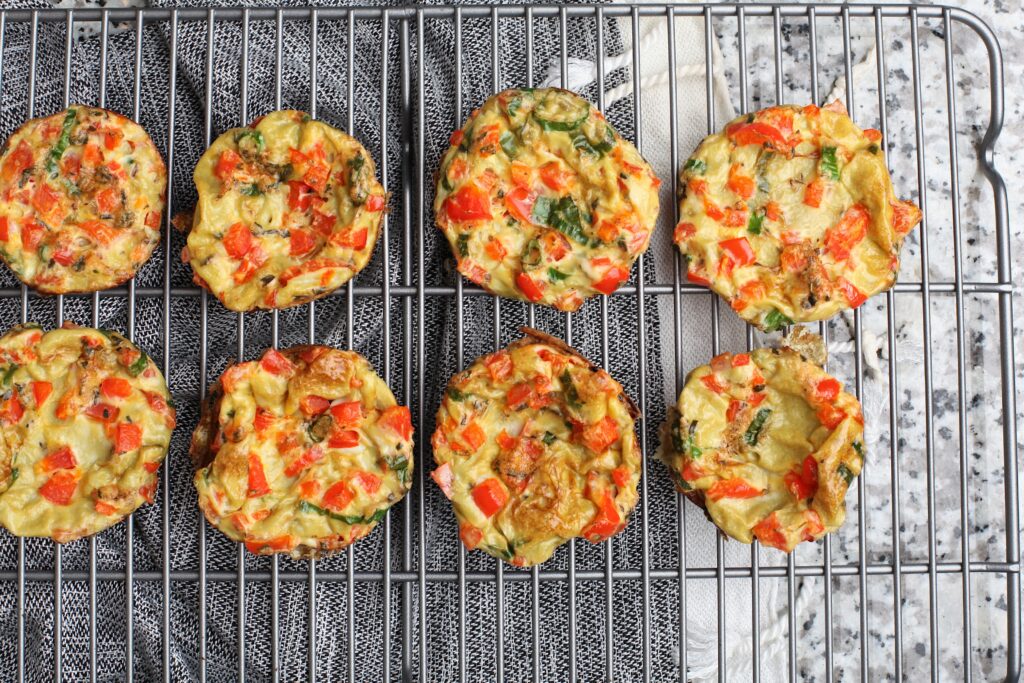
Therefore to avoid becoming too hungry, try and eat three meals a day. Especially important is making sure that your meals are rich in protein, complex carbs and healthy fat. Even if your appetite is lacking, choose a snack that is rich in nutrients that can help level out blood sugar and hormone imbalances. A favorite blood-sugar friendly snack of mine during that time of the month is greek yogurt with berries and a grain-free granola. This snack if full of protein, antioxidants and healthy fats that leave me satisfied and a much happier person.
10. Manage PMS The Natural Way
Taking care of your body starts with the food on your plate. This is especially true when you’re experiencing PMS symptoms. The good news is that you can manage mood swings, fatigue, bloating, and more just by watching what you consume a little more carefully. However, if your PMS symptoms or pain become too severe, don’t forget to talk to your doctor to rule out any underlying conditions. Interested in getting Registered Dietitian recommended and approved PMS support? Check out my Fullscript package here!
Looking for nutritious and delicious meal guides full of foods to help combat PMS? We’ve got you covered! Check out Whitness Nutrition’s Meal Guides today.

